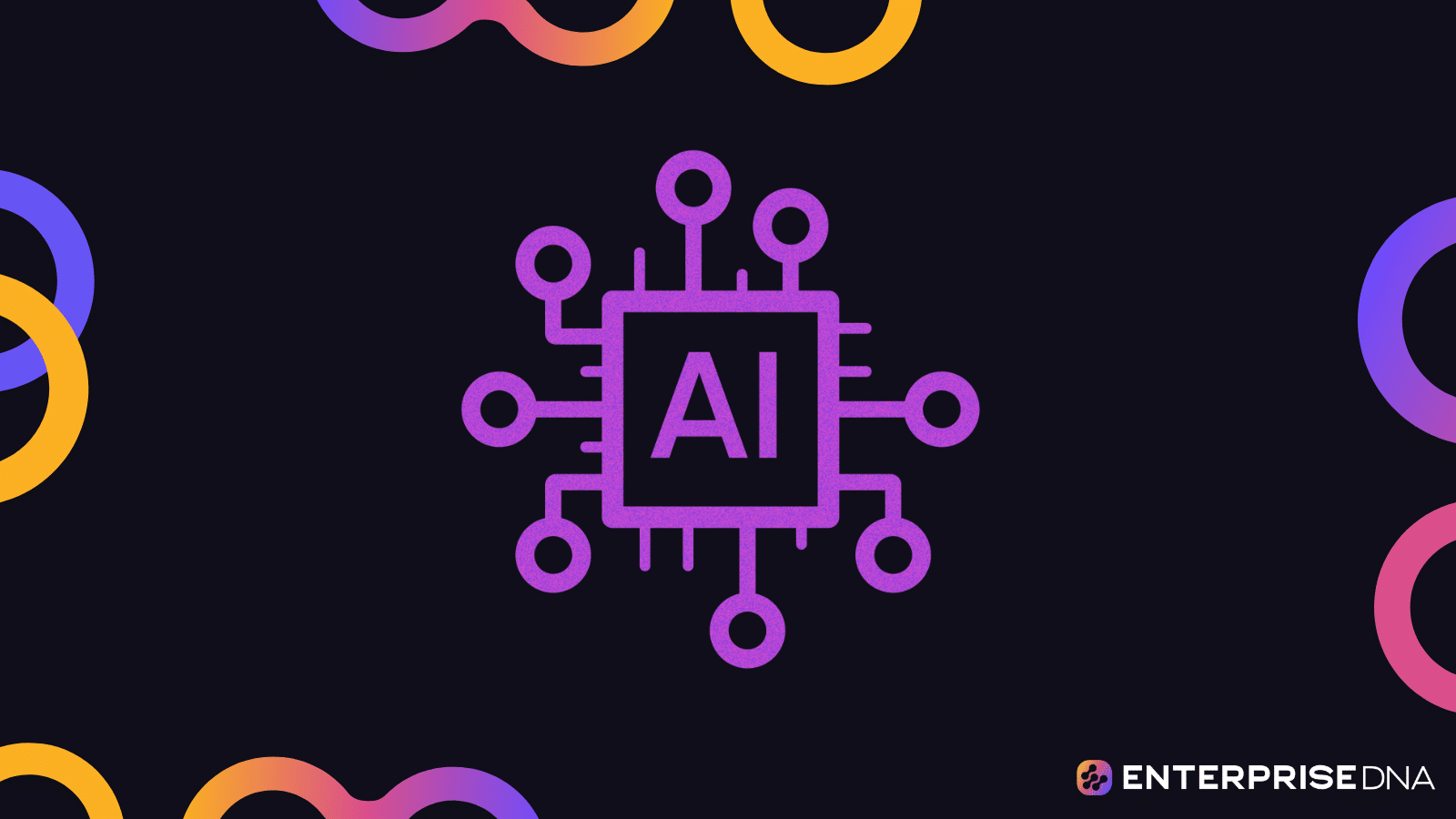Have you ever wondered how Facebook knows who to tag in your photos or how Siri understands your commands? Or how Google Translate can take a phrase in one language and instantly translate it into another? The answer is deep neural networks.
A deep neural network is a type of artificial intelligence that can find and understand patterns in large amounts of data. It is made up of many layers, or “neurons,” that work together to solve complex problems. Deep neural networks are used in a wide range of applications, from image and speech recognition to financial forecasting and medical diagnosis.
With the ability to process large volumes of data and make highly accurate predictions, deep neural networks are revolutionizing industries and transforming the way we live and work.
This article will take you through what a deep neural network is and what it does, and we will also demonstrate how they work using a simple example.
Let’s get into it!
Understanding Deep Neural Networks
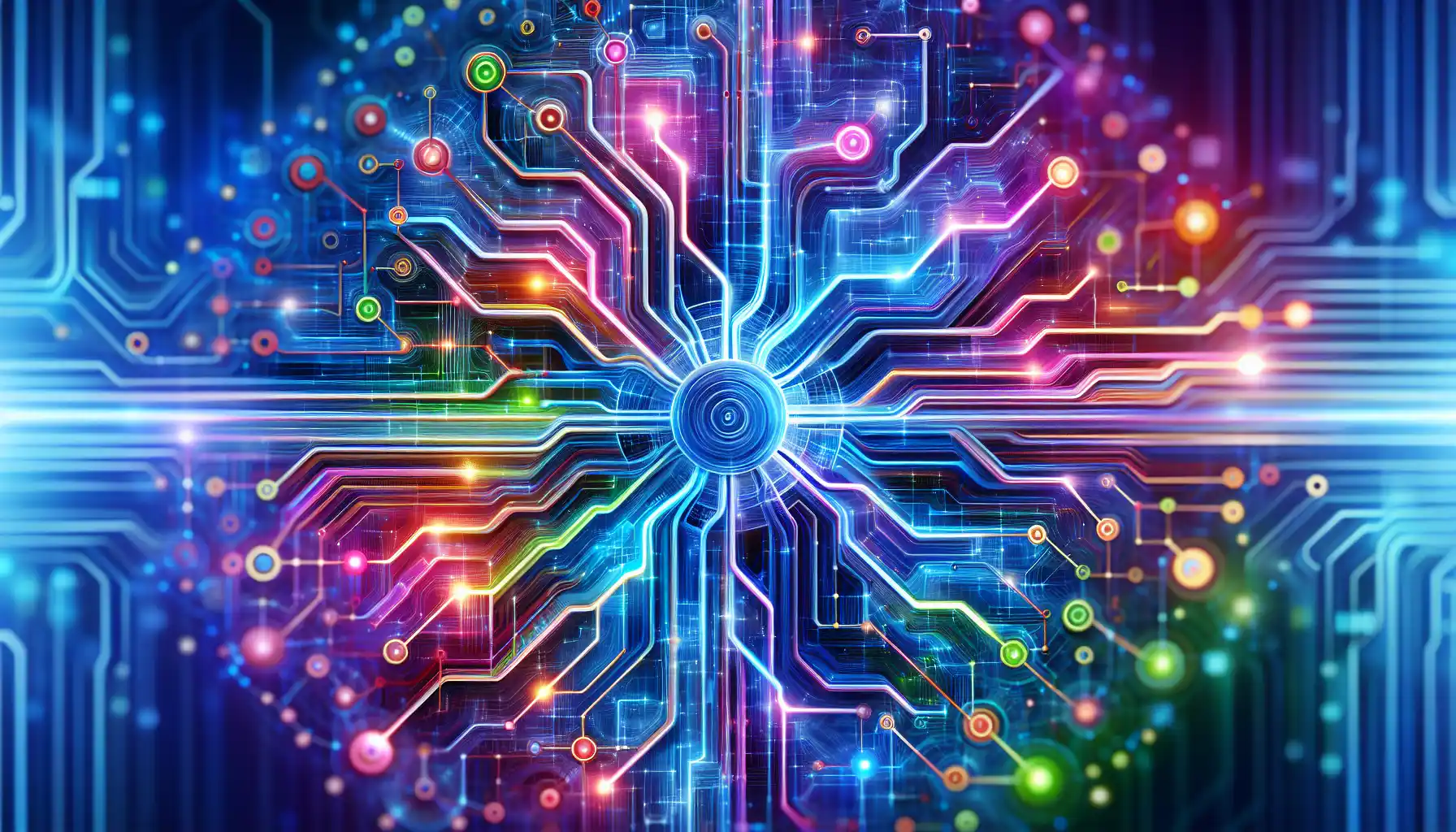
Before we dive into deep neural networks, it’s important to have a solid understanding of what neural networks are. We’ll start by defining neural networks and then go over the deep neural network architecture.
What is a Neural Network
Neural networks are a type of computer algorithm that are designed to process information in a way that’s similar to how your brain does. It’s a form of machine learning that allows a computer to learn from and make predictions or decisions based on data.
The fundamental building block of a neural network is a neuron. In the context of artificial neural networks, a neuron is a mathematical function that takes an input, processes it, and generates an output.
A single neuron looks like the image below:
The key parts of a neuron are:
- Input: These are the variables that the neuron processes. In the human brain, inputs come from other neurons, while in artificial neural networks, inputs come from the data being analyzed.
- Weights and Bias: These are parameters that the neuron adjusts to optimize its performance. The weights represent the strength of the connection between the neuron’s inputs and its output. The bias represents how much the neuron “fires” even when its inputs are all zero.
- Activation Function: This function processes the inputs and determines the neuron’s output. Common activation functions include the sigmoid function, the tanh function, and the rectified linear unit (ReLU) function.
- Output: This is the result of the neuron’s computation. In a biological brain, the output is a signal sent to other neurons. In an artificial neural network, the output might be used as input to other neurons, or it might represent the network’s final output, depending on the structure of the network.
The process of training a neural network involves adjusting the weights and bias of its neurons so that it produces the correct outputs for a given set of inputs.
The network is trained using a training dataset, which consists of many input-output pairs. During training, the network’s output is compared to the desired output for each input, and the weights and bias are adjusted to reduce the difference between the actual output and the desired output.
The training process is typically done using an optimization algorithm, such as gradient descent, which iteratively adjusts the weights and bias to minimize the network’s error on the training data.
What is a Deep Neural Network
Now that we’ve gone over what a neural network is, let’s talk about what a deep neural network is. A deep neural network is a type of neural network that consists of multiple interconnected layers of neurons.
The number of layers in a deep neural network is what makes it “deep.” These layers are organized into an input layer, one or more hidden layers, and an output layer.
A simple feedforward deep neural network can be visualized as follows:
Here are the different layers:
- Input Layer: This is the first layer of the network, and it receives the input data. Each neuron in this layer represents an input feature, such as a pixel in an image or a word in a text document.
- Hidden Layers: These are the layers in between the input and output layers. They are called “hidden” because the user doesn’t directly interact with them. Each neuron in a hidden layer takes input from all the neurons in the previous layer and produces an output that is used as input to all the neurons in the next layer.
- Output Layer: This is the final layer of the network, and it produces the output data. The number of neurons in this layer depends on the type of problem the network is trying to solve. For example, in a binary classification problem, there would be two neurons in the output layer, each representing one of the two possible classes.
The “deep” in deep learning comes from the presence of multiple hidden layers in the network. This depth allows the network to learn increasingly abstract and complex features from the input data, which can lead to better performance on a wide variety of tasks.
Deep neural networks are a type of machine learning model and can be used for tasks such as image and speech recognition, natural language processing, and many others.
How Do Deep Neural Networks Work
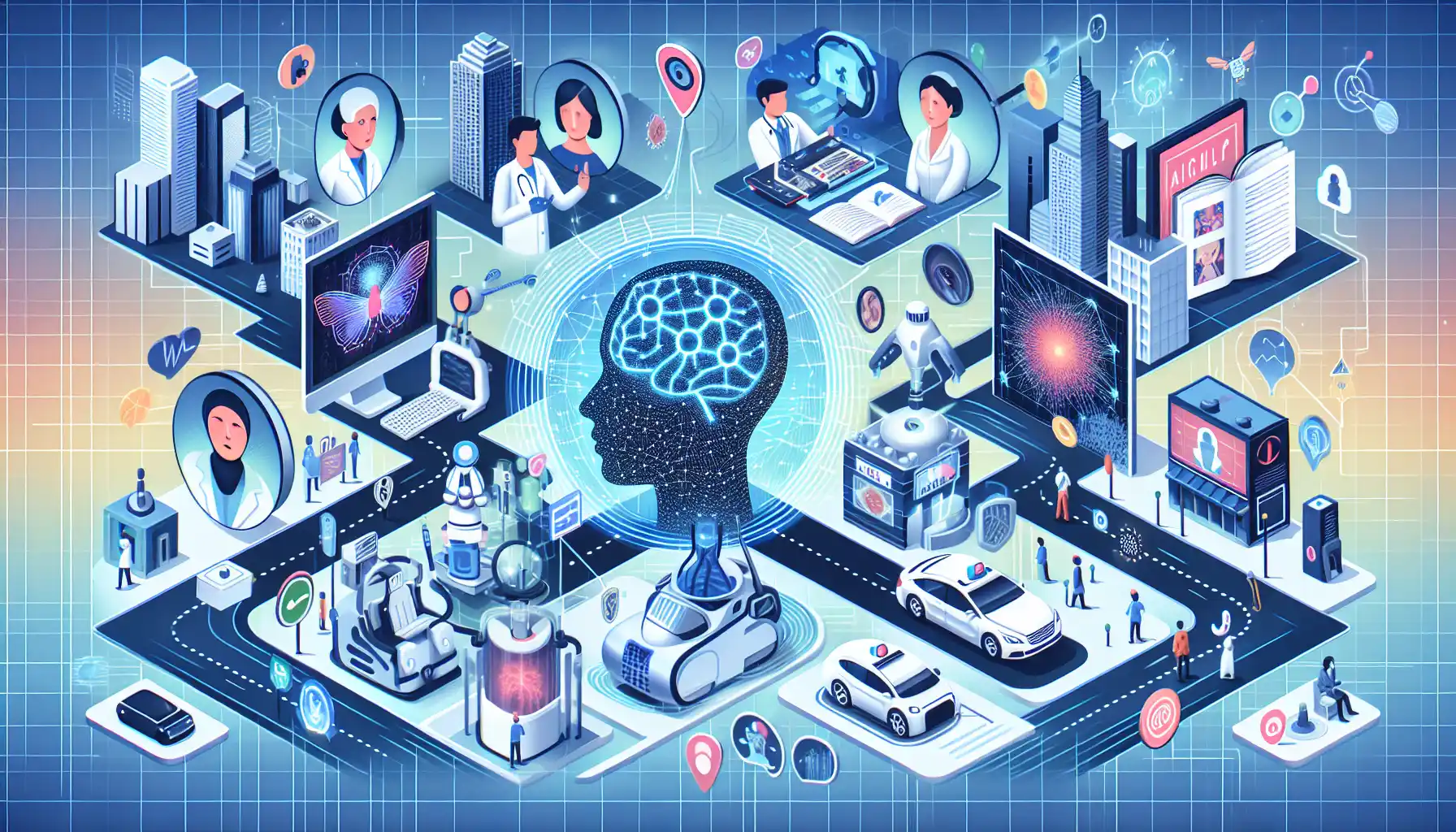
A deep neural network is an artificial neural network with multiple layers between the input and output layers. The layers are composed of nodes that transform the data received. The goal is to identify patterns in the data.
Here are the general steps of how a deep neural network works:
- The input layer is the first layer of the network, where the network receives the input data. The number of nodes in the input layer is determined by the number of input features.
- The hidden layers are the intermediate layers between the input and output layers. Each layer consists of nodes that apply a transformation to the data they receive.
- The output layer is the final layer of the network, where it produces the network’s output. The number of nodes in the output layer is determined by the type of problem the network is solving. For example, in a binary classification problem, there would be two nodes in the output layer, each representing one of the two classes.
- The network’s learning process involves adjusting the weights and biases of the connections between the nodes to minimize the difference between the network’s output and the actual output. This is done through a process called backpropagation.
- Once the network is trained, it can be used to make predictions on new, unseen data by feeding the data through the network and observing the output.
In the following sections, we’ll break down the process and take a closer look at each step.
Applications of Deep Neural Networks

The key to the power of deep neural networks lies in their ability to learn from data. This makes them extremely versatile and well-suited for a wide range of applications.
In this section, we’ll discuss some of the most common applications of deep neural networks, including:
- Image and Speech Recognition
- Natural Language Processing
- Healthcare
- Self-driving Cars
1. Image and Speech Recognition
Deep neural networks have revolutionized image and speech recognition.
They have significantly improved the performance of these technologies. In fact, many state-of-the-art image and speech recognition systems are based on deep neural networks.
Some common applications include:
- Image classification and object detection
- Face recognition
- Speech-to-text conversion
- Handwriting recognition
- Scene labeling in autonomous vehicles
- Medical image analysis
2. Natural Language Processing
Natural Language Processing (NLP) is a field of artificial intelligence that focuses on the interaction between computers and humans through natural language. Deep neural networks have made great strides in NLP and have been used in applications such as:
- Sentiment analysis
- Text generation
- Named entity recognition
- Machine translation
- Question-answering systems
- Speech generation
- Summarization
- Dialogue systems
3. Healthcare
Deep neural networks are increasingly being used in the healthcare industry to assist with diagnosis, treatment planning, and patient monitoring. Some of the applications include:
- Disease detection and diagnosis
- Medical image analysis
- Drug discovery
- Personalized medicine
- Predictive modeling for patient outcomes
- Electronic health record analysis
- Brain-computer interfaces
- Automated radiology reporting
4. Self-driving Cars
Self-driving cars rely on deep neural networks for perception, decision-making, and control. Some common applications include:
- Object detection and tracking
- Lane and road following
- Traffic sign and signal recognition
- Path planning and control
- Autonomous navigation
- Pedestrian detection
- Collision avoidance
- Vehicle-to-vehicle communication
5. Cybersecurity
Deep neural networks are also being used to enhance cybersecurity efforts. Some of the applications include:
- Malware detection
- Network intrusion detection
- Anomaly detection
- Phishing detection
- Security log analysis
- User and entity behavior analytics
- Adversarial defense
- Password guessing prevention
- Click fraud detection
The potential applications of deep neural networks are virtually limitless. As the technology continues to advance, we can expect to see even more innovative and impactful uses in a wide range of fields.
What is The Difference Between a Deep Neural Network and a Regular Neural Network
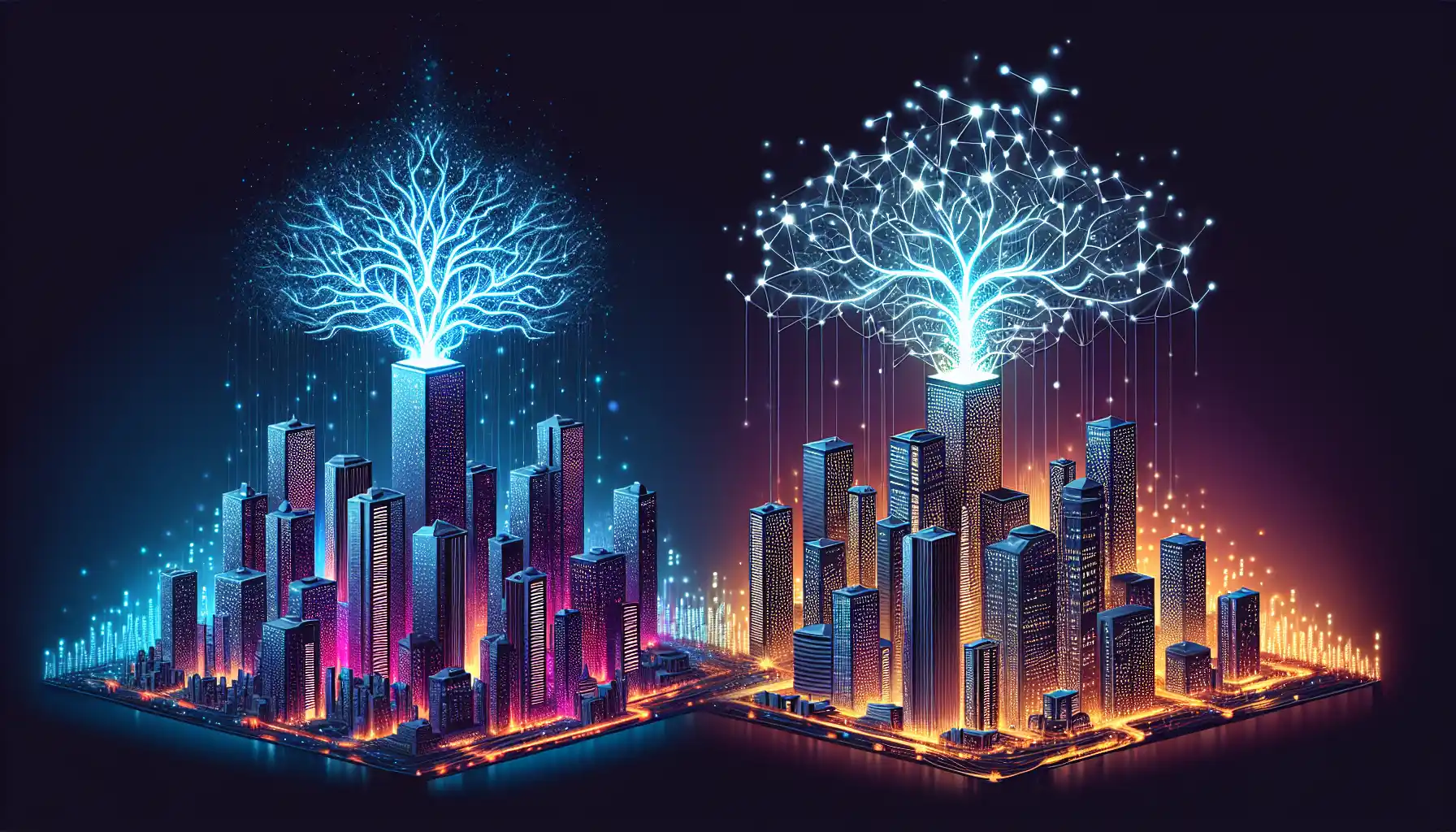
When talking about neural networks, it’s important to understand the difference between a deep neural network and a regular neural network.
Regular Neural Network
A regular neural network is a type of artificial neural network that is composed of a single layer or multiple layers of interconnected neurons, or nodes.
Each node takes in a set of input data and processes it to produce an output. These networks are often used for simple tasks, such as solving linear problems or recognizing patterns in small data sets.
The structure of a regular neural network can be visualized as follows:
Deep Neural Network
A deep neural network is a type of artificial neural network that has multiple layers of interconnected neurons, or nodes. These networks are used for more complex tasks, such as image or speech recognition, and are designed to learn from large data sets.
The key difference between a regular neural network and a deep neural network is the number of layers. Deep neural networks have many more layers, allowing them to learn more complex features and relationships within the data.
The structure of a deep neural network can be visualized as follows:
The following are some of the differences between deep neural networks and regular neural networks:
- Depth: The most notable difference is the number of hidden layers used. A deep neural network will have three or more hidden layers, whereas a regular neural network will have one or two hidden layers.
- Complexity: Deep neural networks are able to handle much more complex data than regular neural networks. They can identify patterns and make predictions with a higher level of accuracy.
- Feature learning: Deep neural networks are capable of automatically learning the features in the input data, whereas regular neural networks typically require manual feature engineering.
- Computational power: Due to the increased number of layers, deep neural networks require more computational resources and time to train compared to regular neural networks.
- Data requirements: Deep neural networks usually require a larger amount of training data to learn effectively compared to regular neural networks.
- Performance: In general, deep neural networks tend to outperform regular neural networks on tasks that involve processing complex data, such as image or speech recognition.
- Learning representation: Deep neural networks can learn more abstract and hierarchical representations of the input data, which allows them to capture more intricate relationships.
Deep neural networks are an essential tool in modern artificial intelligence and machine learning, and they have been applied to a wide range of tasks, from image and speech recognition to natural language processing and autonomous driving.
The Future of Deep Neural Networks
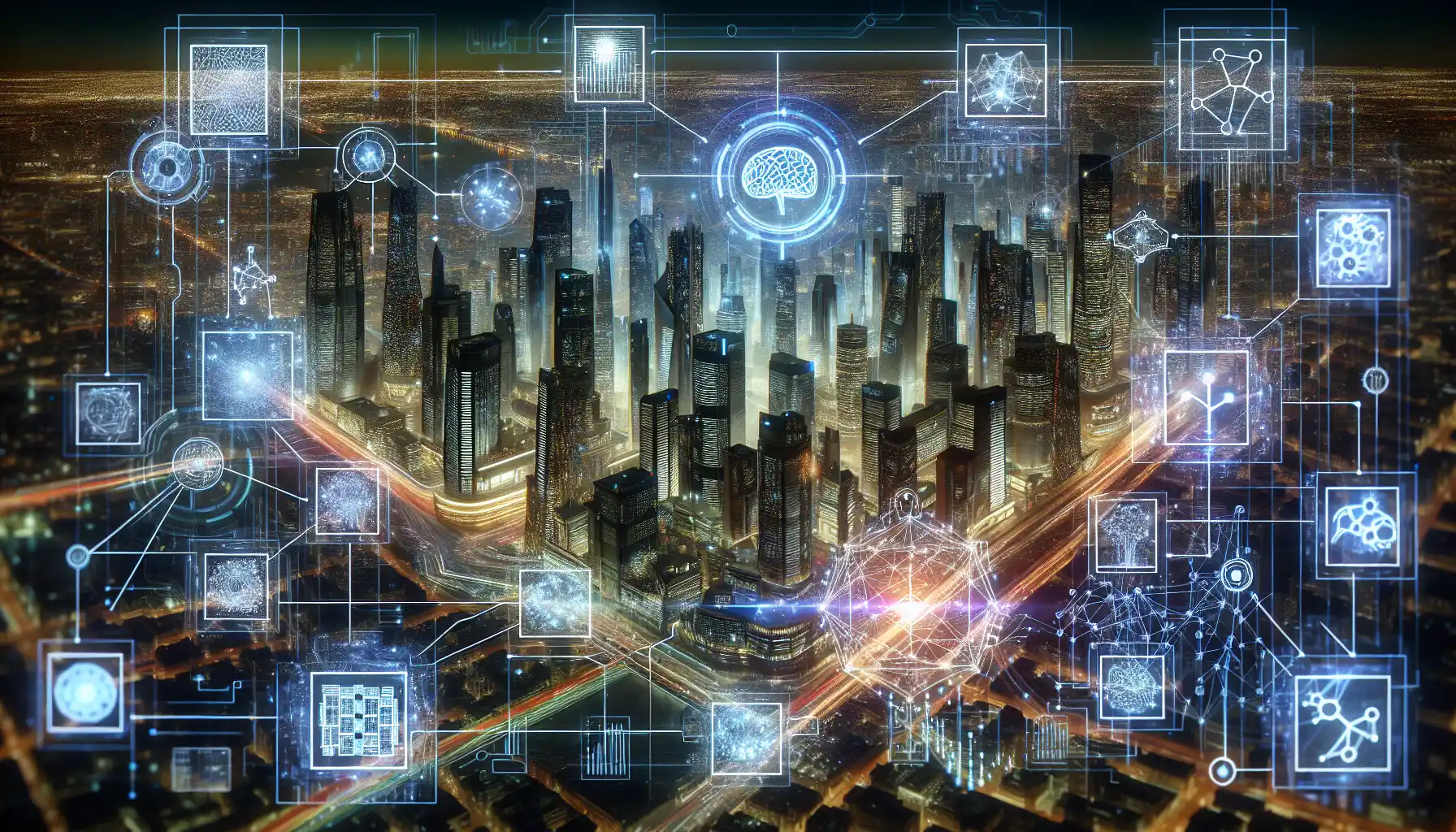
Deep neural networks are an exciting area of research and development in the field of artificial intelligence. They have already made a significant impact on many aspects of our lives, and the potential for future advancements is enormous.
Some of the key trends and areas of interest in the future of deep neural networks include:
- More Complex Architectures: Researchers are continuously exploring more complex network architectures to improve the performance of deep neural networks. This includes models with a larger number of layers, more neurons per layer, and more sophisticated connections between neurons.
- Advanced Training Techniques: New training techniques are being developed to improve the efficiency and speed of training deep neural networks. This includes techniques like transfer learning, where a pre-trained model is adapted for a new task, and meta-learning, where a model learns how to learn.
- Applications in Healthcare and Medicine: Deep neural networks are being increasingly applied to healthcare and medicine. They can be used for tasks like disease diagnosis, medical image analysis, and drug discovery.
- Applications in Autonomous Systems: Deep neural networks are an essential component of autonomous systems, such as self-driving cars, drones, and robots. They are used for tasks like perception, decision-making, and control.
- Ethical and Societal Implications: As deep neural networks become more widespread, there is a growing concern about their ethical and societal implications. This includes issues related to bias, fairness, privacy, and the impact on the job market.
- Quantum Computing and Deep Learning: The development of quantum computing has the potential to revolutionize deep neural networks. Quantum computers can perform certain computations much faster than classical computers, which could lead to significant advancements in deep learning.
- Development of New Algorithms: New algorithms are constantly being developed to improve the performance of deep neural networks. This includes algorithms for tasks like reinforcement learning, unsupervised learning, and generative modeling.
- Integration with Other AI Techniques: Deep neural networks are often combined with other artificial intelligence techniques, such as symbolic reasoning, to create more powerful AI systems.
- Challenges and Limitations: Despite the many advancements, there are still several challenges and limitations in the field of deep neural networks. These include issues related to interpretability, robustness, and the need for large amounts of data and computational resources.
As the field of deep neural networks continues to evolve, we can expect to see many exciting developments that will have a profound impact on our lives.
Final Thoughts

In conclusion, deep neural networks are a powerful tool that has transformed the field of artificial intelligence. These networks have enabled us to solve complex problems, from recognizing images and understanding language to making predictions in various domains.
By learning from data, deep neural networks can make decisions, detect patterns, and automate tasks. As the field continues to advance, we can expect even more remarkable applications and breakthroughs.
So whether you’re a researcher, a student, or a business professional, understanding and working with deep neural networks is a valuable skill that can help you stay ahead in this fast-paced and exciting field.
Frequently Asked Questions

In this section, you’ll find some frequently asked questions that you may have when working with deep neural networks.
How are deep neural networks used in machine learning?
Deep neural networks are used in machine learning to process and analyze large amounts of data. They can learn from data and make predictions or decisions based on that data.
This makes them valuable for tasks like image and speech recognition, natural language processing, and more.
What are the advantages of deep neural networks?
Some of the advantages of deep neural networks include their ability to learn from large amounts of data, their capacity to model complex relationships, and their versatility in a wide range of applications.
What are the differences between deep neural networks and convolutional neural networks?
A deep neural network is a type of artificial neural network with multiple layers, while a convolutional neural network (CNN) is a specific type of deep neural network designed for processing and analyzing visual data.
CNNs use a specialized layer called a convolutional layer to automatically learn and extract features from images.
What are the main components of a deep neural network?
The main components of a deep neural network include neurons, weights, biases, activation functions, and layers. Neurons are the basic processing units that take in input data, while weights and biases are parameters that the network learns from data.
Activation functions determine the output of a neuron, and layers are groups of neurons that process data.
How do you train a deep neural network?
Training a deep neural network involves feeding it a large dataset and adjusting the weights and biases of the network to minimize the difference between its output and the desired output. This is typically done using an optimization algorithm like gradient descent.
What are the most popular deep neural network frameworks?
Some of the most popular deep neural network frameworks include TensorFlow, PyTorch, Keras, and Theano. These frameworks provide tools and libraries for building, training, and deploying deep neural networks.
Choosing the right framework depends on your specific needs and preferences.

